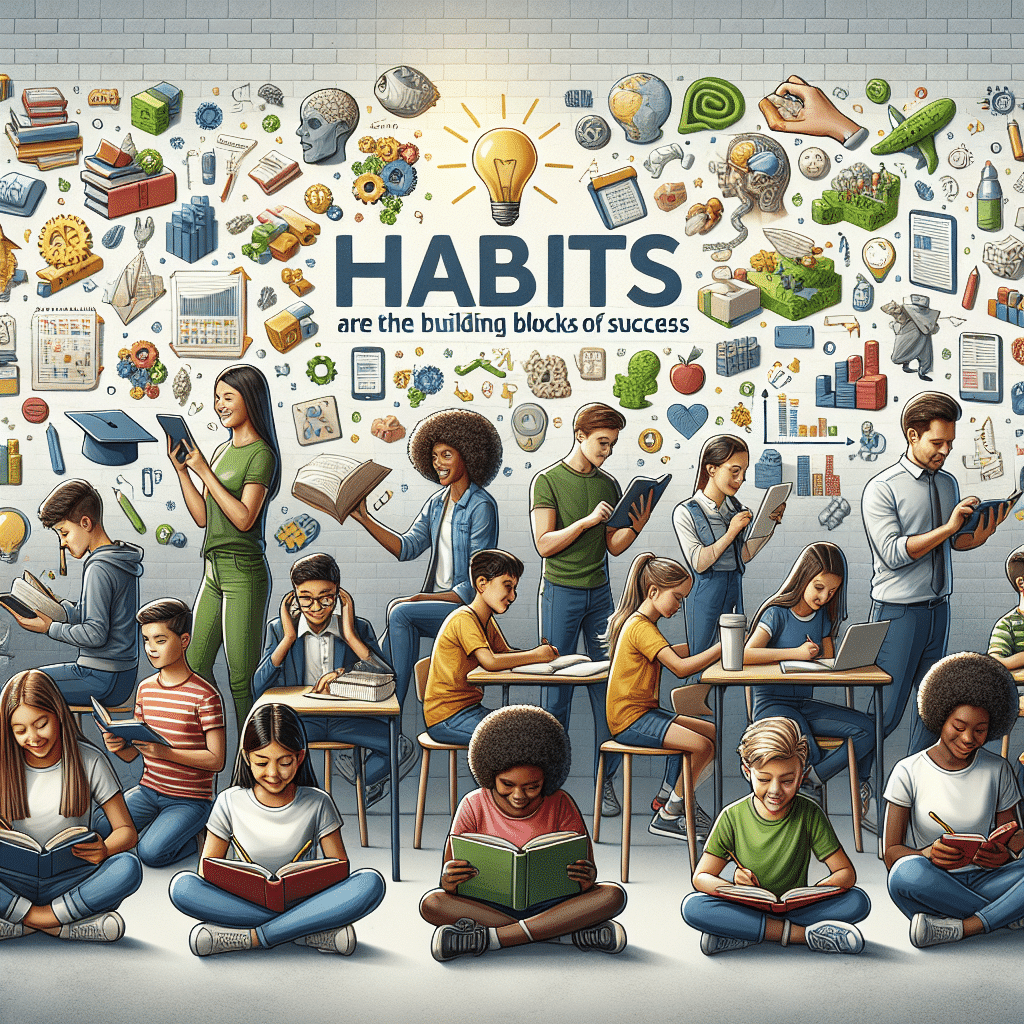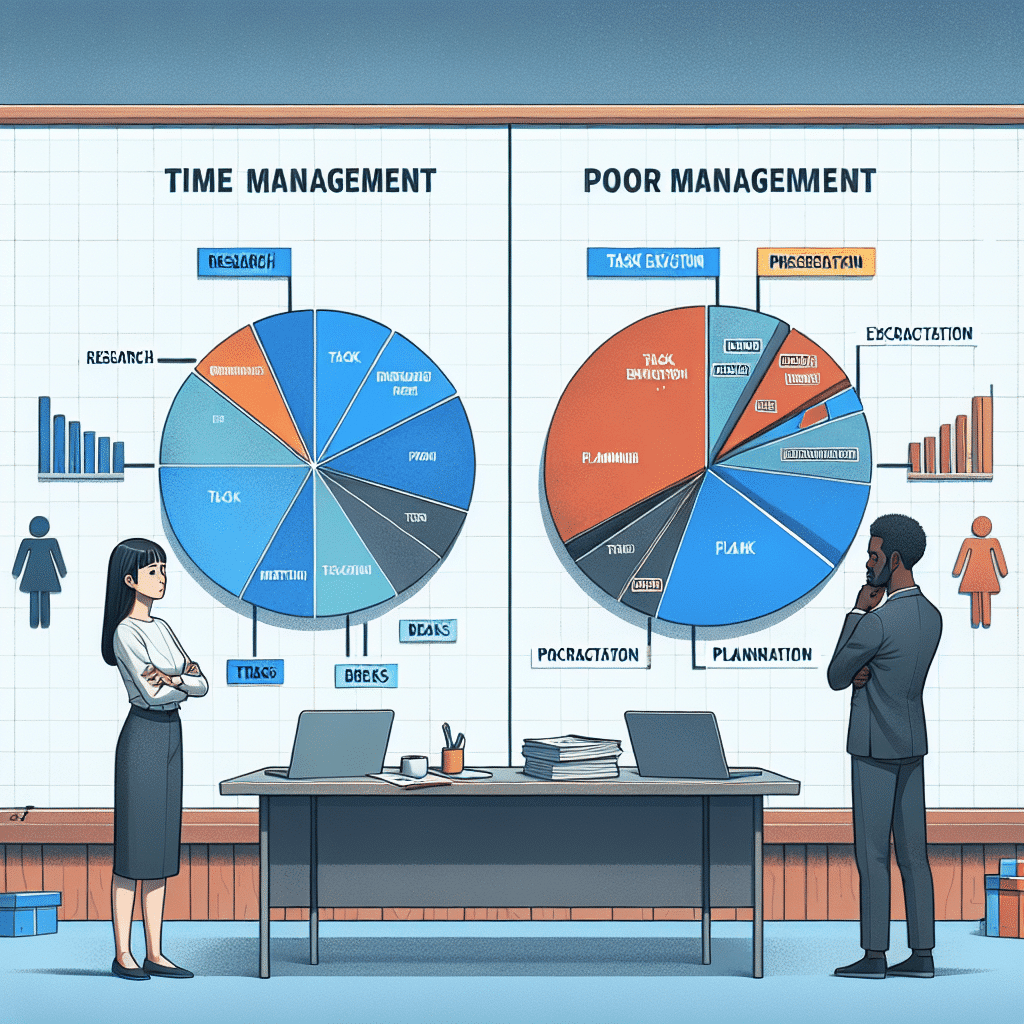
Organizational dynamics play a crucial role in fostering creativity within a workplace. By understanding how various factors within an organization interact and influence creativity, companies can create an environment that nurtures innovation and new ideas. Let’s explore the key aspects of organizational dynamics that impact creativity.
Understanding Organizational Dynamics
Organizational dynamics refer to the complex interactions and relationships among individuals, teams, structures, processes, and cultures within an organization. These dynamics can either facilitate or hinder creativity in the workplace.
One key aspect of organizational dynamics is leadership. Leaders who encourage and support creativity among employees can create a culture that values innovation. Transparent communication, open-door policies, and recognition of creative efforts can all contribute to a supportive environment for new ideas.
Another important factor in organizational dynamics is the organizational structure. A flat hierarchy with decentralized decision-making can empower employees to take ownership of their work and think outside the box. On the other hand, rigid hierarchies and bureaucratic processes may stifle creativity by limiting autonomy and creative freedom.
The organizational culture also plays a significant role in nurturing creativity. A culture that embraces risk-taking, experimentation, and learning from failure can foster a creative mindset among employees. Celebrating diversity, promoting cross-functional collaboration, and providing opportunities for learning and development are all ways to promote a culture of creativity within an organization.
In essence, understanding and leveraging organizational dynamics can help companies create an environment that not only allows for creativity to flourish but also encourages innovation and drives business success. By cultivating a culture that values and supports creativity, organizations can stay ahead of the curve and adapt to an ever-changing market landscape.
Cultivating Creativity in the Workplace
Organizational dynamics play a crucial role in fostering creativity within the workplace. Creativity is not just a trait possessed by a select few, but it can be cultivated and nurtured in all employees through the right environment and practices.
One way to foster creativity in the workplace is by encouraging open communication and idea-sharing among team members. Creating a safe space where employees feel comfortable expressing their thoughts and brainstorming together can lead to innovative ideas and solutions.
Another important aspect of cultivating creativity is providing employees with the resources and support they need to explore new ideas. This could include allocating time for creative projects, providing access to training and development opportunities, and investing in tools and technologies that enhance the creative process.
It is also essential for organizations to embrace a culture of experimentation and risk-taking. Encouraging employees to try new approaches, even if they might fail, can lead to breakthrough ideas and innovative solutions. Building a culture that values learning from mistakes and using them as opportunities for growth can significantly boost creativity.
Furthermore, diversity and inclusion play a crucial role in cultivating creativity. Bringing together individuals with different perspectives, backgrounds, and experiences can lead to a broader range of ideas and insights. Embracing diverse viewpoints can spark creativity and innovation within the organization.
Overall, fostering creativity in the workplace requires a commitment from organizational leaders to create a supportive environment that encourages innovation, experimentation, and collaboration. By embracing creativity as a core value and integrating it into the culture and processes of the organization, companies can unleash the creative potential of their employees and drive innovation forward.
Cultivating Creativity in the Workplace
Creating a work environment that fosters creativity is essential for organizational success. By nurturing a culture that encourages innovative thinking and original ideas, companies can stay competitive and adapt to changing market demands. Here are some strategies for cultivating creativity in the workplace:
Encourage Autonomy
Allowing employees the freedom to explore new ideas and methods can lead to breakthrough innovations. By giving individuals autonomy over their work processes, they are more likely to think outside the box and come up with creative solutions to challenges.
Promote Diversity
Embracing diversity in the workplace can lead to a variety of perspectives and ideas. By bringing together individuals from different backgrounds, experiences, and expertise, organizations can benefit from a wealth of creative thinking and unique approaches to problem-solving.
Provide Resources and Support
Ensuring that employees have access to the tools, resources, and training they need to succeed is crucial for fostering creativity. By investing in continued education, professional development, and innovation labs, organizations can empower their workforce to think creatively and experiment with new ideas.
Celebrate Failure
Failure is often a natural part of the creative process. By encouraging a culture where mistakes are viewed as learning opportunities rather than setbacks, employees will feel more comfortable taking risks and exploring unconventional ideas. Celebrating failure can lead to valuable insights and breakthrough innovations.
Encourage Collaboration
Collaboration is key to fostering creativity in the workplace. By building teams that bring together individuals with diverse skills and perspectives, organizations can create a dynamic environment that sparks innovative thinking and problem-solving. Encouraging open communication, brainstorming sessions, and cross-departmental collaboration can lead to breakthrough ideas and creative solutions.

Overcoming Barriers to Creativity
In order to foster creativity within an organization, it is crucial to identify and overcome the barriers that may hinder innovation and idea generation. Some common barriers to creativity include:
1. Fear of Failure
One of the biggest barriers to creativity is the fear of failure. Employees may be hesitant to share their ideas or take risks if they are afraid of making mistakes. As a leader, it is important to create a safe space where employees feel empowered to experiment and try new things without the fear of negative consequences. Encouraging a growth mindset and emphasizing the learning opportunities that come from failure can help overcome this barrier.
2. Lack of Time and Resources
Another common barrier to creativity is the perception that there is not enough time or resources to dedicate to innovative projects. To overcome this barrier, organizations can prioritize creativity by allocating dedicated time and resources for brainstorming sessions, idea generation, and experimentation. By demonstrating a commitment to fostering creativity, employees will be more inclined to invest their time and energy into innovative projects.
3. Organizational Culture
The existing culture within an organization can either support or hinder creativity. A culture that values conformity, strict hierarchies, and rigid processes is likely to stifle creativity. To overcome this barrier, leaders can work towards creating a more inclusive and open-minded culture that encourages diverse perspectives, collaboration, and risk-taking. Providing opportunities for cross-functional teams to work together on projects can help break down silos and foster a more creative environment.
By identifying and addressing these barriers to creativity, organizations can create a more innovative and dynamic workplace where employees feel empowered to think outside the box and contribute their unique ideas towards driving organizational success.
Fostering Collaboration for Innovation
Collaboration is essential in driving innovation within an organization. When teams work together, combining their diverse perspectives, skills, and experiences, they are more likely to generate creative solutions to complex problems. Fostering collaboration can lead to breakthrough ideas that can propel a company forward in today’s fast-paced and competitive business landscape.
Building a Collaborative Environment
Creating a culture that values collaboration starts with leadership. Managers should encourage open communication, create opportunities for cross-functional teams to work together, and celebrate collective achievements. By establishing a supportive and inclusive environment, employees are more likely to feel empowered to share their ideas and collaborate with their colleagues.
Encouraging Knowledge Sharing
Knowledge sharing is key to fostering collaboration. Encouraging employees to share their expertise, insights, and best practices can lead to the cross-pollination of ideas and the co-creation of innovative solutions. This can be done through regular team meetings, brainstorming sessions, and collaboration tools that facilitate information sharing and idea generation.
Promoting Diversity and Inclusion
Diversity in teams can lead to increased creativity and innovation. By bringing together individuals with different backgrounds, perspectives, and ways of thinking, organizations can tap into a broader range of ideas and approaches. It is important to create an inclusive environment where all voices are heard and valued, allowing for the cultivation of unique and groundbreaking ideas.
Utilizing Technology for Collaboration
Technology plays a crucial role in enabling collaboration in today’s digital age. Organizations can leverage communication tools, project management software, and collaborative platforms to facilitate remote work, real-time collaboration, and seamless knowledge sharing. By embracing technology, teams can work together efficiently and effectively, regardless of their physical location.
In conclusion, fostering collaboration is essential for driving innovation within an organization. By building a collaborative environment, encouraging knowledge sharing, promoting diversity and inclusion, and utilizing technology for collaboration, companies can unlock the full potential of their teams and generate groundbreaking ideas that can fuel success in today’s rapidly changing business world.

Summary
Organizational dynamics play a crucial role in fostering creativity within a workplace. By understanding these dynamics and cultivating a creative environment, organizations can unleash the innovative potential of their employees.
Nurturing a creative culture involves overcoming barriers to creativity and fostering collaboration among team members. By breaking down silos and encouraging open communication, organizations can drive innovation and stay ahead in today’s rapidly changing business landscape.
Ultimately, by prioritizing creativity and embracing organizational dynamics that support innovation, companies can create a lasting competitive advantage and adapt to challenges with agility and ingenuity.






